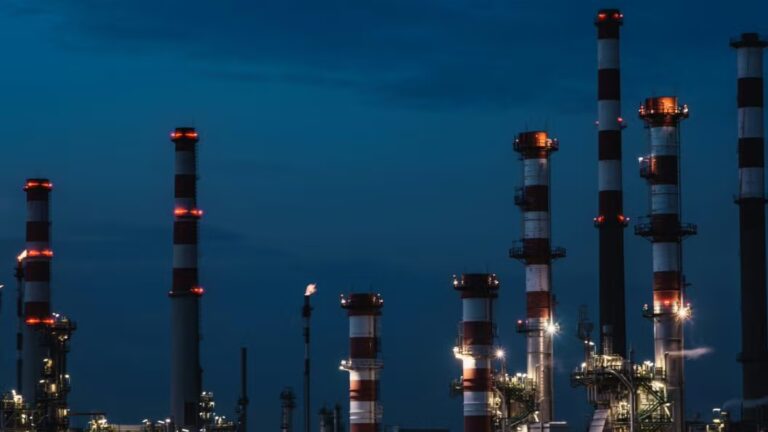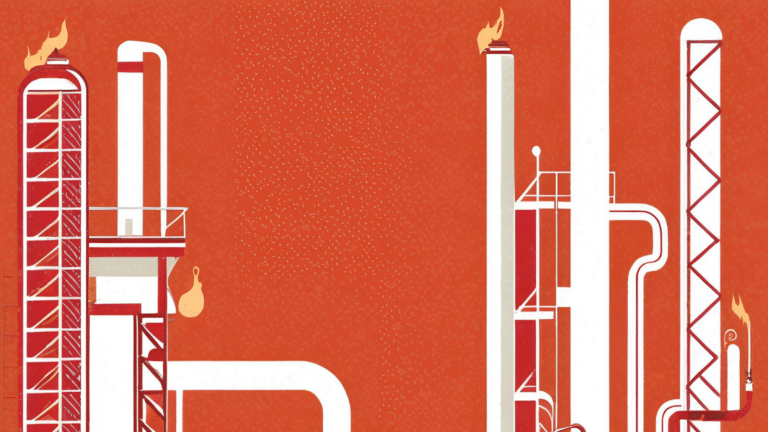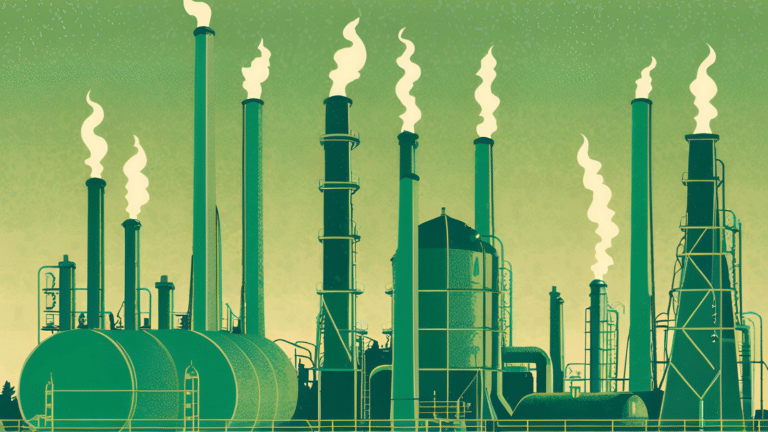On June 2, 2022, the Organization of the Petroleum Exporting Countries (OPEC) and 10 other oil exporters, collectively known as OPEC+, agreed to increase crude production by 648,000 barrels per day (b/d) in both July and August, compared with 432,000 b/d each month in their earlier commitments.[1] OPEC attributed this 50 percent increase over the previous agreement, which was set to last through September 2022, to the recent easing of lockdowns post pandemic and an anticipated increase in demand from refineries following seasonal maintenance. The Russian invasion of Ukraine and subsequent energy sanctions were not mentioned in OPEC’s press release from the meeting. While resilience in demand recovery likely remains a concern, the recessionary threat from high energy prices in general, and crude oil in particular, may become a focus of the group going forward.
This increased production target for OPEC+ members comes despite the group’s struggling to meet its previous commitments: reports estimate a shortfall of 2.7 million b/d in April 2022 from its stated target.[2] The OPEC meeting press release did not refer to its members not being able to meet production quotas, noting instead that underperforming countries could compensate with higher production until December 2022.[3]
What will be the impact on crude oil supply and prices?
The physical impact on global supply is likely to be much less than the increase in targeted production. As noted, the group has struggled to meet its own production quotas ever since it started to unwind the historic production cuts the group adopted in April 2020. OPEC+’s ability to ramp up now is doubtful, given that several of its members have been unable to meet production targets for many months due to structural issues in their exploration and production sector.[4] In addition, the second largest producer in the group, Russia, was already down about 1 million b/d in April 2022 from its OPEC+ target of 10.44 million b/d, with Western oil and shipping companies “self-sanctioning” Russian cargoes due to the war in Ukraine.[5] Russia has reported that its production could decline by 17 percent in 2022.[6]
At the moment, only Saudi Arabia and the United Arab Emirates, which together control the vast majority of the 1.6 million b/d of spare capacity left within the group, remain best placed to steadily increase production.[7] Recognizing the limited ability of the group to adjust output, the market resumed its upward trajectory of oil prices after some initial weakness on the day of the OPEC+ deliberations.
Why is OPEC+ acting now?
There is a significant signaling element to this announcement: the group seems to be showing that it is responsive to the impact that high oil prices are having globally and appears to be responding to calls from the US and a number of other large consuming countries to increase production faster.[8] From that perspective, this announcement does appear to be a concession from the group, and Saudi Arabia in particular. This could also be a step toward thawing the relationship between Saudi Arabia and the White House, potentially as a precursor to President Joe Biden’s indicating a trip to Riyadh is a “possibility.”[9]
How strong is the OPEC+ coalition likely to remain?
Domestic fiscal interests remain a key reason to keep the coalition alive, with all members, including Russia, benefiting from high crude oil prices. For instance, Saudi Arabia announced a surplus for 2022 after facing annual budget deficits since 2014,[10] and Russia’s oil revenues were 50 percent higher in the first four months of 2022 compared with the same period last year.[11] One reason why prices are high is because the group has kept production lower than what the US and other importing countries have asked for. Hence, the relationship between Russia and the core OPEC members is critical to the group’s cohesion. In the lead-up to the OPEC+ meeting in early June, dialogue between Saudi Arabia and Russia remained quite positive and collegial.[12]
Despite the announced acceleration in near-term supply additions, OPEC+ likely will already have an eye toward group dynamics later this year and into 2023, since cohesion and the protection of the interests of all member, especially the core, are likely to remain a priority.[13] Russia could remain a key participant in the group, even after the current agreement ends later this year.
Are there additional opportunities for expanding OPEC+ supplies?
When and how the Iran nuclear deal negotiations can be concluded would be an important development for OPEC+, as the country represents the only other major source of spare capacity within the group. Iran has a significant amount of oil in floating storage[14] and this oil could be quickly released and provide some short-term relief. If Iran were to return to the market, it could add about 1 million b/d over the course of a year or so, in addition to draining the storage overhang. For now though, since significant challenges remain with the negotiations, OPEC+ has some breathing room to operate according to the status quo.
Notes
[3] OPEC, “29th OPEC and non-OPEC Ministerial Meeting.”
[4] Rafiq Latta, “What Does Opec-Plus 2.0 Look Like?”
[6] Rafiq Latta, “What Does Opec-Plus 2.0 Look Like?”
[8] Maha El Dahan, Rowena Edwards, and Aziz El Yaakoubi, “OPEC+ brings forward oil output rises as Biden’s Saudi visit looms.”
[13] Rafiq Latta, “What Does Opec-Plus 2.0 Look Like?”






